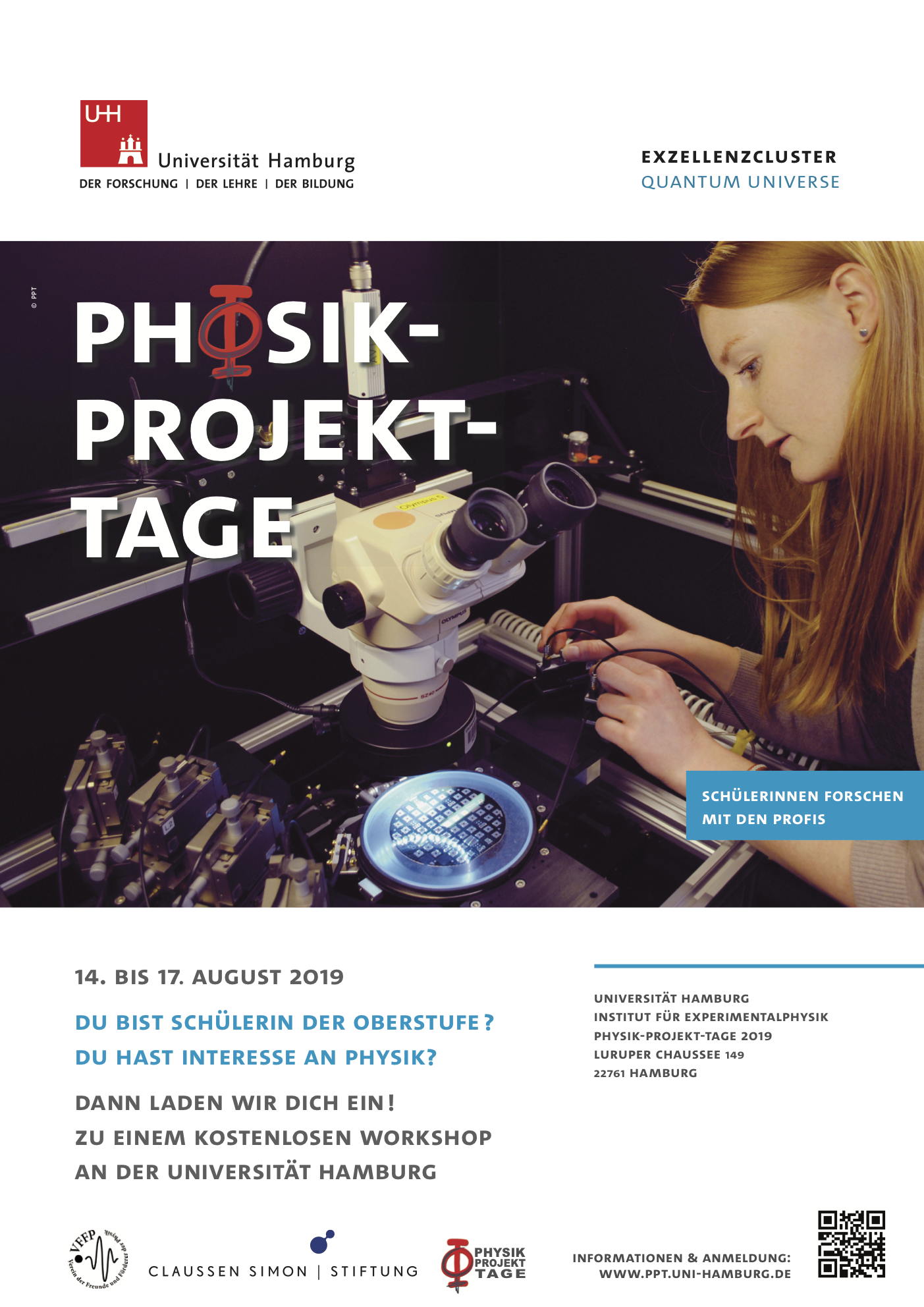Rückblick: PPT Hamburg 2019
Herzlich Willkommen bei den Physik-Projekt-Tagen 2019 in Hamburg!
Hier erhaltet ihr einen Einblick in das Programm der PPT 2019 in Hamburg und könnt auch noch einmal die Projekte durchstöbern, an denen die Teilnehmerinnen gearbeitet haben.
Rechts auf der Seite findet ihr außerdem die Links zu den PPT-Veranstaltungen in Kiel aus den Jahren 2014, 2016 und 2018 und zu den PPT 2018 in Hamburg.
Außerdem findet ihr dort weiterführende Links zu den Seiten unseres Fachbereichs und unseres Instituts sowie zu unseren Förderern und weiteren interessanten Projekten.
Projekte PPT 2019 Hamburg
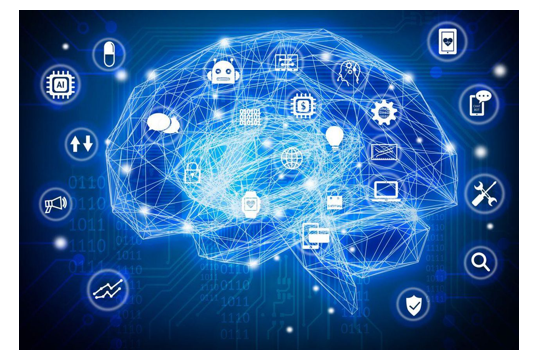
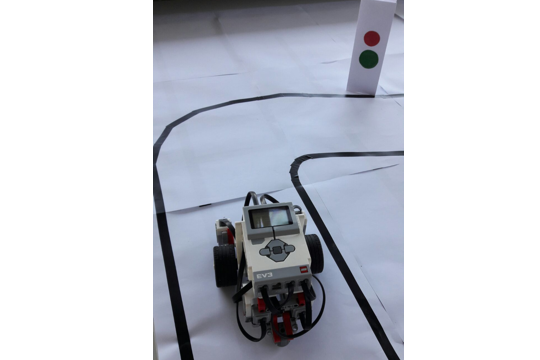
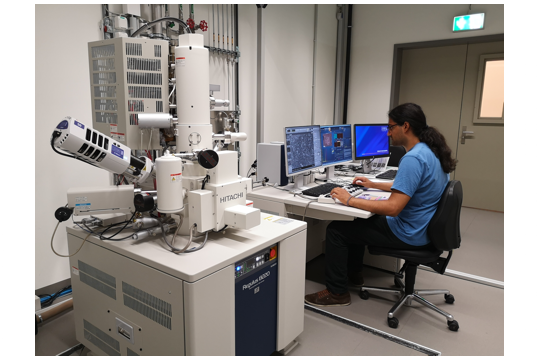
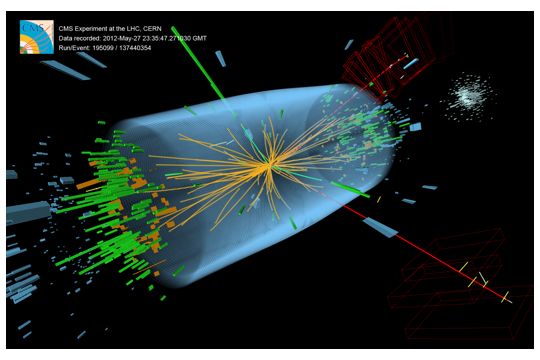
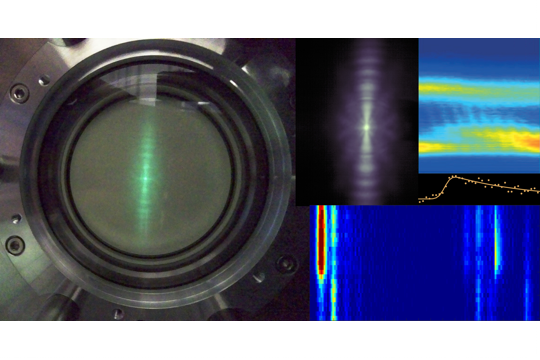
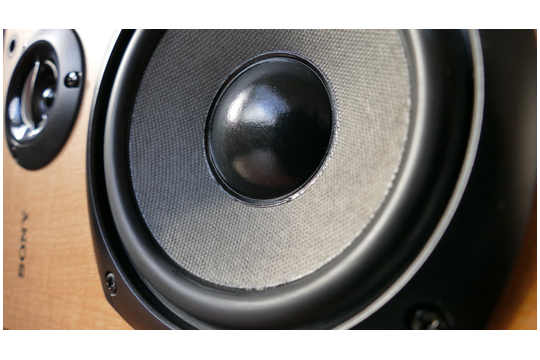
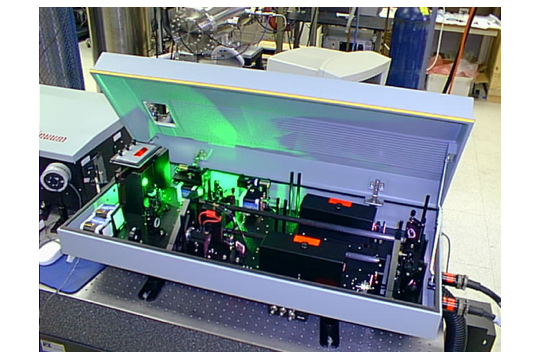
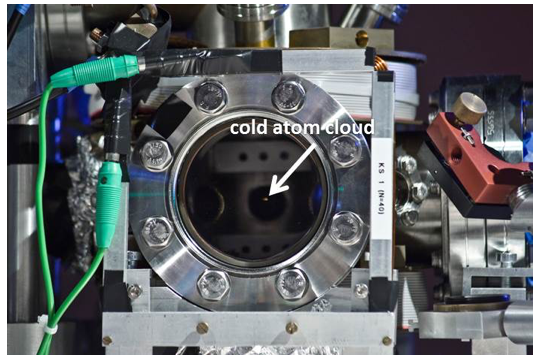
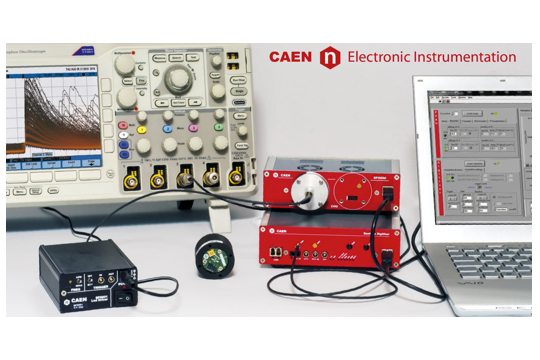
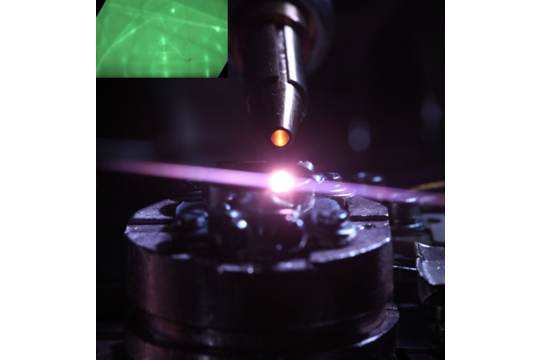
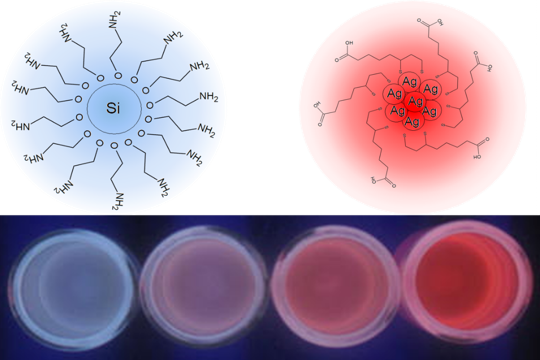
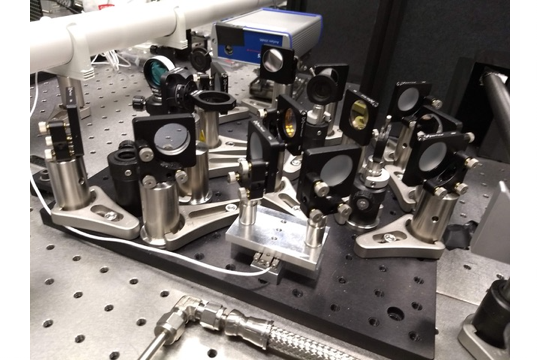



Machine Learning
Dies ist ein Deutsch-Englisches Projekt. Die Sprache der Wissenschaft ist nun einmal Englisch und besonders als Physikerin ist es wichtig, diese Sprache gut zu beherrschen. Aber keine Sorge - es wird bei diesem Versuch auch immer jemand dabei sein, der Deutsch spricht, also lasst euch hiervon nicht abschrecken.
Machine learning has had a huge boom in recent years in many different fields of knowledge, with a large impact not only in the tech industry but also in science. We experience many applications of machine learning in our daily life, such as using Face ID to unlock our phones, highlighting posts on social media or suggesting what to watch on Netflix. Machine learning is also helping physicists in their quests for new particles, assisting doctors in their medical diagnoses, and advancing many other scientific activities. But how do these algorithms actually work? In this project you will discover the “magic” behind machine learning, and how it can be put into practice to solve both everyday-life and scientific problems! Ready to be the architect of your own neural network?
Roboter

Die wundersame Welt der Nanopartikel

Suche nach dem Higgs-Boson

Molecular movies - behind the scenes
In the attosecond laboratory at DESY, we generate attosecond light pulses (1 as = 10-18 s) – flashes so short that even the atoms in a molecule don't have time to move. We combine two pulses at an extremely precise delay to learn about how atoms and electrons move in a molecule, with one pulse starting the reaction and another pulse making a "measurement" or change during the reaction. By carefully analysing how the result is influenced by the time-delay between the start and stop pulses, we can learn about ultrafast processes in molecules – the beginning of chemistry. Such reactions are very difficult to simulate even with supercomputers because of quantum mechanics.
Your task will be to analyse and visualize a multidimensional dataset from time-resolved measurements. From the raw signals and images, physics and programming will allow you to compute the speed and direction of the negative electrons ejected in the photoionization process, and learn how the remaining positive molecular ion breaks into smaller pieces. The balance between scientific computing, detector electronics and molecular physics can be adjusted based on your experience and interest. Our working language is English.
Papier-Lautsprecher

Wie baut man einen Laser?

Laserkühlung

Photodetectors
Dies ist ein Deutsch-Englisches Projekt. Die Sprache der Wissenschaft ist nun einmal Englisch und besonders als Physikerin ist es wichtig, diese Sprache gut zu beherrschen. Aber keine Sorge - es wird bei diesem Versuch auch immer jemand dabei sein, der Deutsch spricht, also lasst euch hiervon nicht abschrecken.
To see objects around us, we are using our eyes or - in more recent years - digital cameras, in order to save images if we want to remember them. When we want to study some event interesting for physics, usually this is too small, too fast or too weak for us to see it or detect it with a regular camera. What we are using then are "photodetectors", that are special objects which can detect light. Have you ever seen a photon? In this project, we will see more than one. You will learn what a Silicon Photomultiplier (SiPM) is (spoiler: it is a photodetector), how it works and how to operate it in order to understand its basic characteristics. To see how to use SiPMs in a "real life" experiment, we will complete the project detecting particles called "muons" originating from the cosmic rays.
Wachstum und Charakterisierung von dünnen katalytischen Schichten

Nanocluster
Nanometer, Nanocomputer, Nanosekunden, ‚Nanopaint‘, Nanowissenschaften, Nanofasern, Nanokanäle, Nanopartikel, Nanoengineering, Nanocluster, Nano-. . .
Die Silbe Nano hat mittlerweile ihren Weg in viele Bereiche unseres Lebens gefunden. Wir finden sie beim Zahnarzt, im Auto, im Computer und insbesondere in der Forschung an der Universität.
Ein Nanocluster beschreibt einen besonderen Nanopartikel, der eine feste Zahl von Atomen im Kern besitzt. Sollen diese Cluster in Wasser hergestellt werden, müssen Moleküle zum Schutz eingesetzt werden, die als Liganden bezeichnet werden. Die Anzahl der Atome und Liganden bestimmen seine Eigenschaften und wie sich der Nanocluster verhält, wenn beispielsweise Licht auf ihn gestrahlt wird. In diesem Projekt wollen wir Nanocluster aus Silber und Silizium selbst herstellen. Eure Nanocluster wollen wir anschließend mit mehreren Messgeräten untersuchen. Dabei nutzen wir die Phänomene der Absorption und Fluoreszenz, um herauszufinden, was Nanocluster so einzigartig macht.Dieses Projekt richtet sich an Teilnehmerinnen ab 18 Jahren.

Measuring short flashes of light
In the attosecond laboratory at DESY, we generate attosecond light pulses (1 as = 10-18 s). These light flashes are so short that they can freeze the motion of atoms and even electrons, like an extremely high-speed photography. To perform our experiments we combine pairs of ultrashort pulses, one initiating some dynamics in a molecule, and the other measuring the effect of the first one. This technique allows to record 'stop motion' movies of charges moving inside molecules.
The generation of such extremely short pulses requires advanced laser sources properly characterized. Your task will be to build -from scratch- an optical setup which is routinely used to measure the duration of ultrashort laser pulses. You will then use this device, called autocorrelator, to measure the duration of femtoseocond pulses (1 fs = 10-15 s). These pulses are the starting point for the generation of attosecond pulses. You will then measure the duration of the same pulses with a more complex pulse measurement system, called Frequency Resolved Optical Gating, and compare the results. Our working language is English.Ein paar Eindrücke der PPT 2018:
"Erst dachten wir, wir würden viel zu viel Schule verpassen, dann waren die PPT doch zu kurz."
"Man lernt mehr als Schulphysik kennen und sieht auch die Labore, wo man später arbeiten könnte. Außerdem lernt man andere Physikinteressierte kennen und merkt, dass man mit seinen Interessen nicht alleine ist."
"Gerade im naturwissenschaftlichen Bereich dominieren die Männer und daher finde ich es sehr cool, auch Frauen für diese Thematik zu begeistern, ohne dabei 'im Schatten der Männer' zu stehen."
"Dankeschön für die Möglichkeit hier teilzunehmen. Ich hätte nie gedacht, dass Physiker so cool drauf sind. Unvergessliche Tage!"
"Dass die PPT nur für Schülerinnen sind ist gut, da man nicht von männlichen Mitschülern eingeschüchtert wird."
"Es war eine sehr schöne Zeit mit viel Spaß, Wissen und Abwechslung."
Fotos PPT 2018 Hamburg
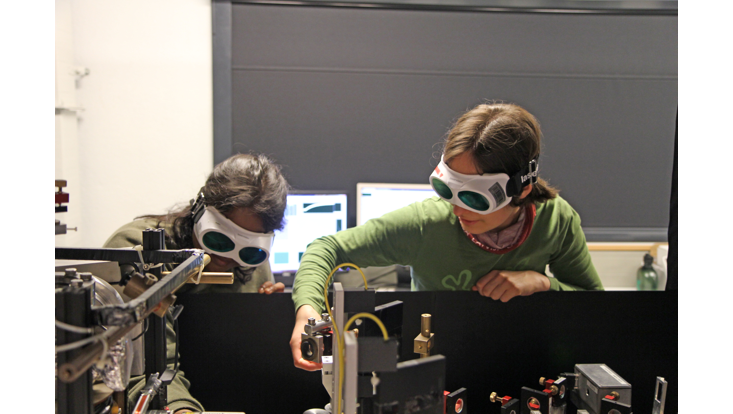
Foto: UHH/MIN/Fuchs
PPT 2018 Hamburg
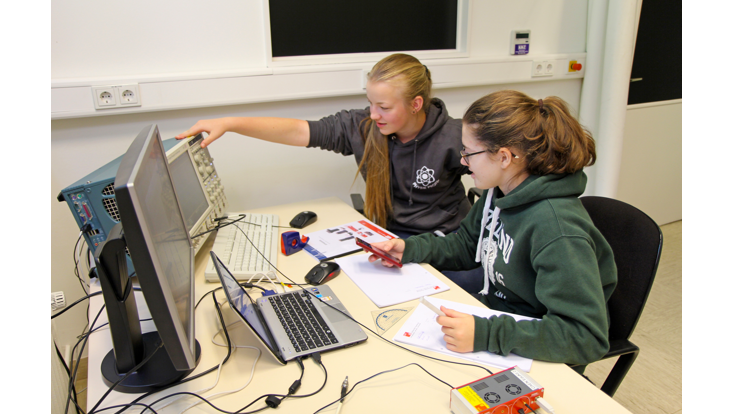
Foto: UHH/MIN/Fuchs
PPT 2018 Hamburg
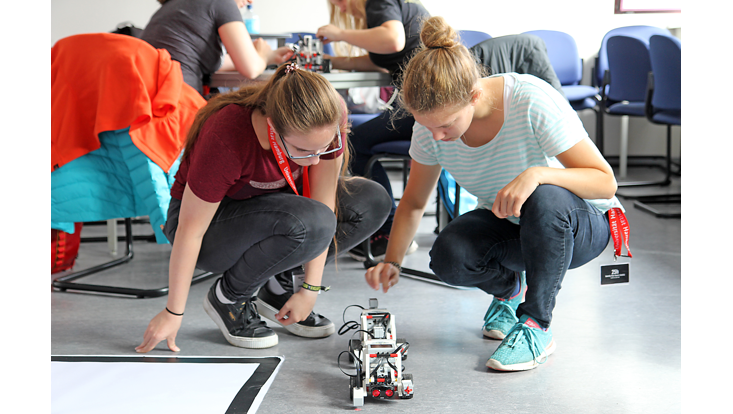
Foto: UHH/MIN/Fuchs
PPT 2018 Hamburg
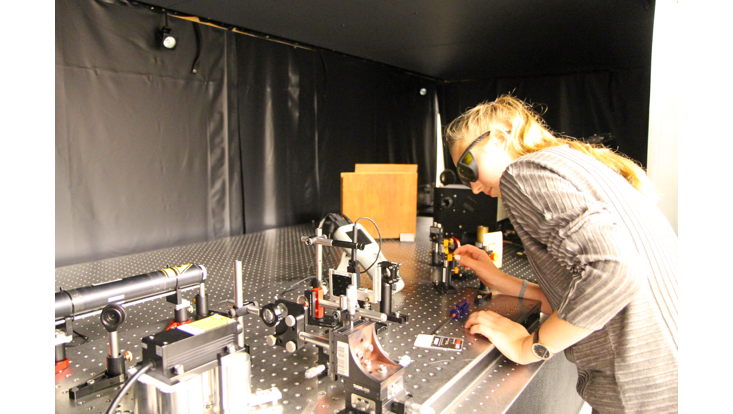
Foto: UHH/MIN/Fuchs
PPT 2018 Hamburg
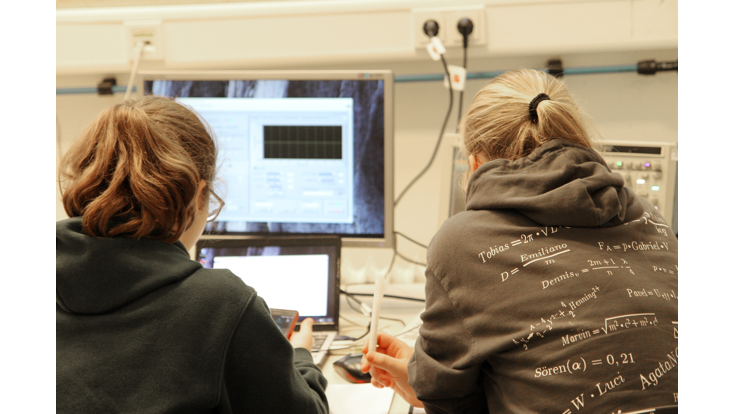
Foto: UHH/MIN/Fuchs
PPT 2018 Hamburg
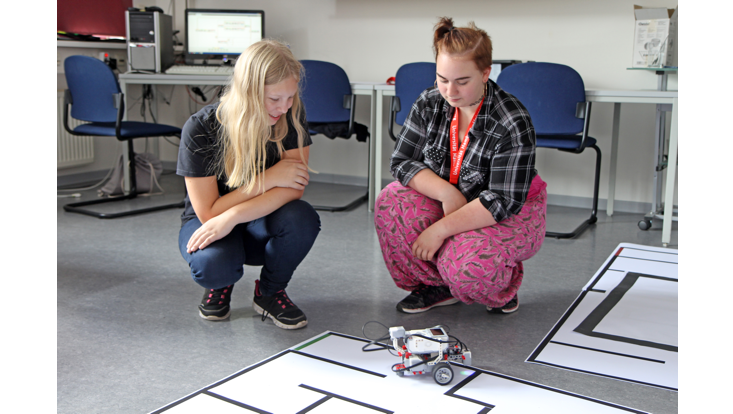
Foto: UHH/MIN/Fuchs
PPT 2018 Hamburg
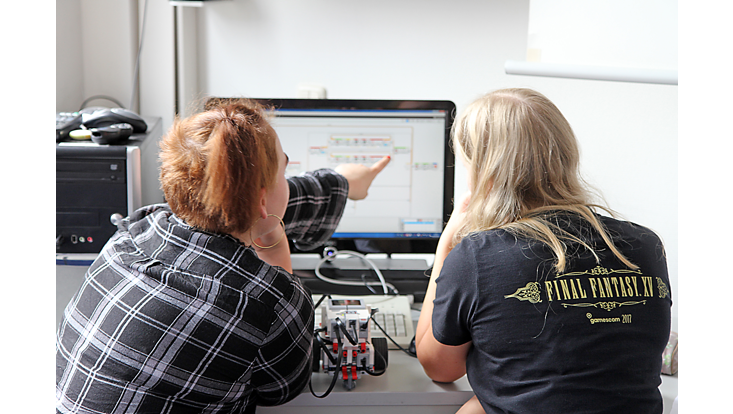
Foto: UHH/MIN/Fuchs
PPT 2018 Hamburg
Programm PPT 2019
Hier könnt ihr noch einmal das Programm der PPT 2019 vom 14. bis 17. August sehen.
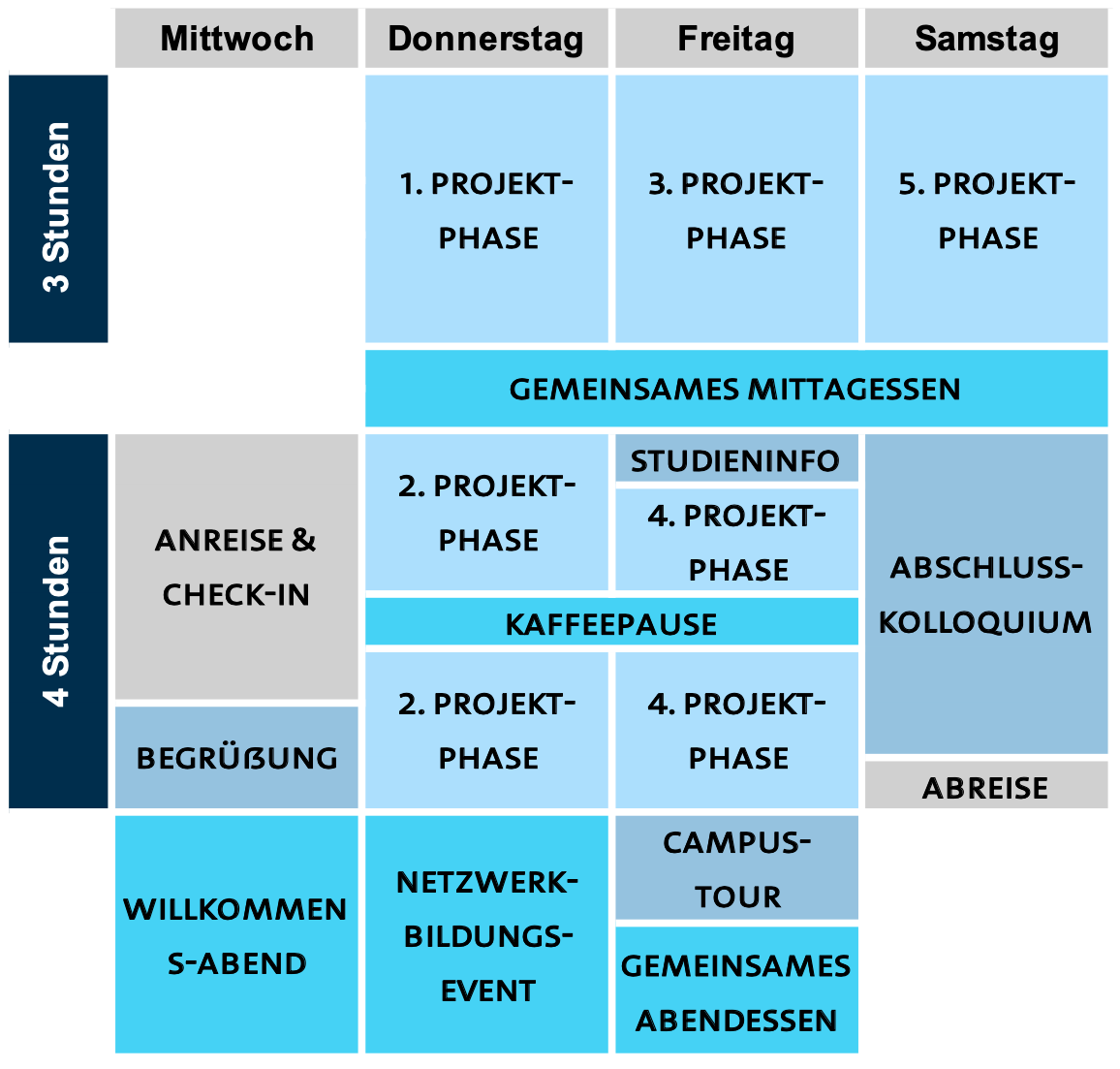
Vielen Dank an unsere Unterstützer!


